Home>Articles>How High Can You Get The Oil in An Electric Skillet
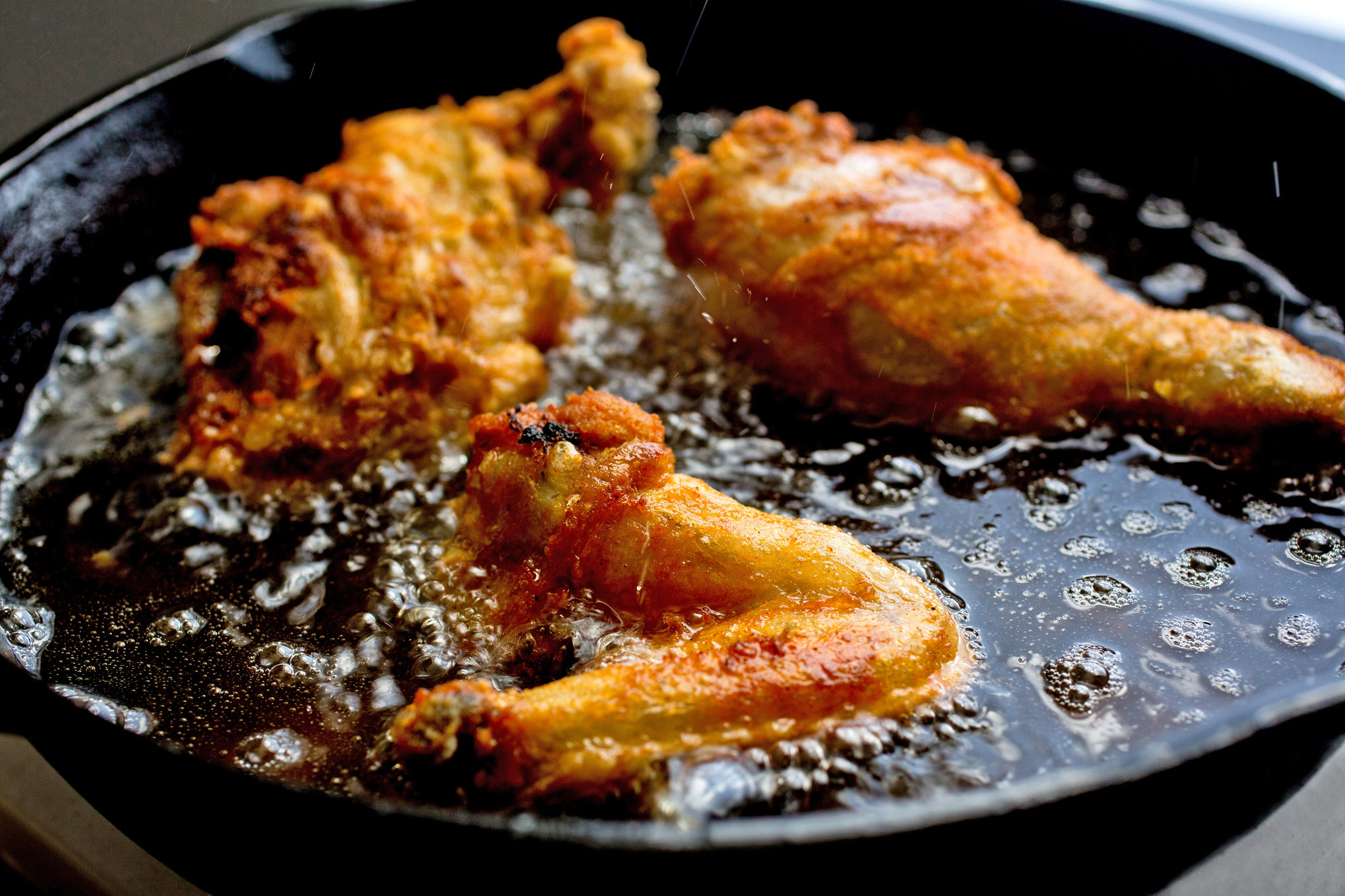

Articles
How High Can You Get The Oil in An Electric Skillet
Modified: December 6, 2023
Find out how high you can get the oil in an electric skillet with our informative articles. Learn tips and tricks for achieving optimal cooking results.
(Many of the links in this article redirect to a specific reviewed product. Your purchase of these products through affiliate links helps to generate commission for Storables.com, at no extra cost. Learn more)
Introduction
An electric skillet is an incredibly versatile kitchen appliance that allows you to cook a wide range of dishes with ease. Whether you want to fry, sauté, simmer, or even bake, an electric skillet can be a valuable addition to your cooking arsenal. One important consideration when using an electric skillet, especially when it comes to cooking with oil, is understanding the maximum oil capacity of the skillet.
In this article, we will explore the factors that determine the maximum oil level in an electric skillet and why it is crucial to avoid overfilling. We will also provide tips on how to maximize the oil level while ensuring the safety and efficiency of your cooking.
It’s important to note that the oil capacity of an electric skillet varies depending on the model, size, and manufacturer. Refer to the user manual or product specifications for the specific details of your electric skillet. Understanding the oil capacity will help you make informed decisions when it comes to cooking with oil and prevent any potential accidents or damage to your appliance.
So, let’s dive into the details and discover how high you can fill the oil in an electric skillet without encountering any problems or compromising your cooking experience.
Key Takeaways:
- Understanding the oil capacity of your electric skillet is crucial for safe and efficient cooking. Factors like skillet size, cooking type, and food being cooked determine the maximum oil level.
- Maximize oil level in your electric skillet by using deeper-sided skillets, draining food properly, and utilizing cooking techniques that require less oil. Always prioritize safety and follow manufacturer’s guidelines for best results.
Read more: What Can You Cook In Presto Electric Skillet
Understanding the Oil Capacity of an Electric Skillet
The oil capacity of an electric skillet refers to the maximum amount of oil that you can safely add to the skillet for cooking. It is crucial to understand this capacity to ensure that you don’t overfill the skillet, which can lead to spills, splatters, and even dangerous situations.
The oil capacity of an electric skillet is primarily determined by its size and design. Most electric skillets come in various sizes, ranging from small ones suitable for individual meals to larger ones that can accommodate meals for the whole family. The larger the skillet, the higher the oil capacity it can hold. A smaller skillet might have a maximum oil capacity of around 2-3 cups, while larger skillets can typically hold up to 6-8 cups or more.
It’s important to note that the oil capacity mentioned for electric skillets usually refers to the total volume of oil the skillet can hold when it’s completely filled. However, for safe and efficient cooking, it is recommended to fill the skillet only up to a certain level, usually indicated by a “maximum fill” line or mark on the inside wall of the skillet. This ensures that the oil doesn’t overflow or come into contact with any heating elements.
Furthermore, the shape and design of the skillet also play a role in determining the oil capacity. Electric skillets with deeper sides generally have a higher oil capacity as compared to those with shallower sides. The depth allows for more oil to be contained within the skillet without the risk of it spilling over during the cooking process.
When determining the oil capacity of your electric skillet, always refer to the manufacturer’s guidelines provided in the user manual or the product specifications. This will give you a clear understanding of the safe and recommended oil capacity for your specific model.
Now that you have a better understanding of the oil capacity of an electric skillet, let’s explore the factors that can affect the maximum oil level that can be used in the skillet.
Factors Affecting the Maximum Oil Level
Several factors can influence the maximum oil level that can be safely used in an electric skillet. Understanding these factors will help you determine the appropriate amount of oil to use for your cooking needs and avoid any potential mishaps.
1. Skillet Size and Design: As mentioned earlier, the size and design of the electric skillet play a significant role in determining its oil capacity. Larger skillets typically have a higher oil capacity, allowing you to cook larger quantities of food. Conversely, smaller skillets have a lower oil capacity and are better suited for smaller portions. Pay attention to the recommended maximum fill level indicated in your skillet to prevent overflowing or spilling while cooking.
2. Type of Cooking: The type of cooking you intend to do in the electric skillet can also impact the maximum oil level. For shallow frying or sautéing, you may need less oil and can stay within the recommended fill level. However, if you plan to deep fry or cook food that requires submerging it in oil, you will need to consider a higher oil level. Always ensure that the oil level is sufficient to fully cover the food without exceeding the maximum fill level.
3. Food Being Cooked: The food itself can also determine the amount of oil needed and, in turn, the maximum oil level. Foods that absorb a significant amount of oil or release moisture during cooking may impact the oil level in the skillet. Take this into account when determining the maximum oil level, and adjust accordingly to achieve the desired cooking results.
4. Safety Considerations: It’s essential to prioritize safety when using an electric skillet. Overfilling the skillet with oil can lead to spills, splatters, and potential accidents. Excessive oil in the skillet can also get in contact with the heating elements, potentially causing a fire hazard. Always adhere to the recommended maximum fill level to ensure your safety and the proper functioning of the appliance.
By considering these factors, you can determine the appropriate maximum oil level for your electric skillet, enhancing your cooking experience while ensuring safety and efficiency. However, it’s equally important to understand the ramifications of overfilling the skillet, which we will explore next.
Make sure to preheat the electric skillet before adding the oil. Once the skillet is hot, carefully pour in the oil, being mindful not to overfill the skillet. This will help you achieve the highest level of oil without causing any spills or splatters.
Importance of Not Overfilling the Skillet
It is crucial to not overfill an electric skillet with oil for several reasons. Overfilling can lead to various issues, ranging from safety hazards to compromised cooking results. Here are the key reasons why you should adhere to the recommended maximum fill level:
1. Safety Hazard: One of the most critical reasons to avoid overfilling the skillet is safety. When the oil level exceeds the recommended maximum fill level, it increases the risk of spills and splatters during cooking. These can lead to burns, fires, or other accidents in the kitchen. Overfilling may also result in the oil coming into contact with the heating elements of the skillet, which can cause damage to the appliance and pose a significant fire hazard.
2. Poor Cooking Results: Overfilling the skillet with oil can negatively impact the cooking results. Excessive oil in the skillet can cause the food to become soggy, greasy, or unevenly cooked. The excess oil can also prevent proper heat distribution, leading to uneven cooking and potentially burning or undercooking certain parts of the food. By adhering to the recommended maximum fill level, you can ensure that the food is cooked evenly and achieves the desired texture and taste.
3. Wasted Resources: Overfilling the skillet with oil means using more oil than necessary for cooking. This not only leads to wastage of resources but also increases the cost of cooking. By following the recommended maximum fill level, you can use the appropriate amount of oil needed for the recipe, reducing waste and saving money in the long run.
4. Difficulty in Handling: An electric skillet that is overfilled with oil can be challenging to handle and maneuver. The excess oil can make it difficult to stir or flip the ingredients while cooking, leading to potential accidents or spills. By maintaining the recommended maximum fill level, you can ensure better control and ease of handling while cooking.
By understanding the importance of not overfilling the electric skillet with oil, you can prioritize safety, enhance cooking results, conserve resources, and improve your overall cooking experience. Now, let’s explore some tips on how to maximize the oil level in an electric skillet without exceeding the recommended limit.
Tips for Maximizing the Oil Level in an Electric Skillet
While it is important to avoid overfilling an electric skillet with oil, there are ways to maximize the oil level within the recommended limits. By following these tips, you can ensure that you are making the most of the skillet’s oil capacity without compromising safety or cooking efficiency:
1. Use a Skillet with Deeper Sides: Opt for an electric skillet with deeper sides, as it allows you to maximize the oil level. The deeper sides provide a larger containment area, allowing you to add more oil without the risk of overflowing. This is particularly useful when cooking dishes that require more oil, such as deep-frying or preparing recipes with a higher oil content.
2. Properly Prepare and Drain the Food: If you are cooking food that requires draining excess oil, such as fried foods, ensure that you drain them properly before transferring them to the electric skillet. Excess oil can take up valuable space within the skillet, limiting the amount of oil you can add for cooking. By draining the food adequately, you can increase the available oil level for cooking other ingredients.
3. Use Cooking Techniques that Require Less Oil: Opt for cooking techniques that require less oil, such as sautéing or stir-frying. These methods often require smaller amounts of oil compared to deep-frying or submerging food in oil. By choosing these techniques, you can still achieve delicious and flavorful results while utilizing the maximum oil level within the skillet.
4. Utilize the Food’s Natural Moisture: Consider the natural moisture present in the ingredients you’re cooking. Some foods release moisture during the cooking process, which can contribute to the overall cooking liquid in the skillet. Take this into account when determining the oil level. If the food has a higher moisture content, you may need to reduce the oil level slightly to accommodate the additional liquid released during cooking.
5. Use Smaller Portion Sizes: If you’re cooking smaller portions, you can maximize the oil level by using a smaller electric skillet. This ensures that the oil covers the ingredients adequately while still staying within the recommended maximum fill level.
Remember, always refer to the manufacturer’s guidelines provided in the user manual or product specifications for the specific details regarding the maximum oil level and other cooking recommendations for your electric skillet.
By following these tips, you can maximize the oil level while ensuring the safety and efficiency of your cooking in an electric skillet. Now, let’s conclude our discussion.
Conclusion
In conclusion, understanding the oil capacity of an electric skillet is essential for safe and effective cooking. By adhering to the recommended maximum fill level, you can avoid safety hazards, achieve optimal cooking results, and make the most out of your electric skillet.
Factors such as the size and design of the skillet, the type of cooking you’re doing, and the food being cooked all play a role in determining the maximum oil level. It is important to consider these factors to ensure that you add the appropriate amount of oil for your specific cooking needs.
Overfilling the skillet with oil can lead to spills, fire hazards, and compromised cooking results. By staying within the recommended maximum fill level, you can ensure your safety, prevent wastage, and improve the overall cooking experience.
If you want to maximize the oil level in an electric skillet, consider using a skillet with deeper sides, properly drain the food before adding it to the skillet, use cooking techniques requiring less oil, utilize the food’s natural moisture, and use smaller portion sizes.
Always consult the manufacturer’s guidelines and instructions provided in the user manual or product specifications to ensure you are following the specific recommendations for your electric skillet model.
By understanding the oil capacity and following these tips, you can make the most out of your electric skillet and enjoy delicious meals with optimal oil levels. Remember to prioritize safety, efficiency, and flavor in your cooking adventures.
So go ahead and experiment with different recipes, flavors, and ingredients, knowing that you’re using your electric skillet to its full potential without compromising on safety or taste. Happy cooking!
Frequently Asked Questions about How High Can You Get The Oil In An Electric Skillet
Was this page helpful?
At Storables.com, we guarantee accurate and reliable information. Our content, validated by Expert Board Contributors, is crafted following stringent Editorial Policies. We're committed to providing you with well-researched, expert-backed insights for all your informational needs.
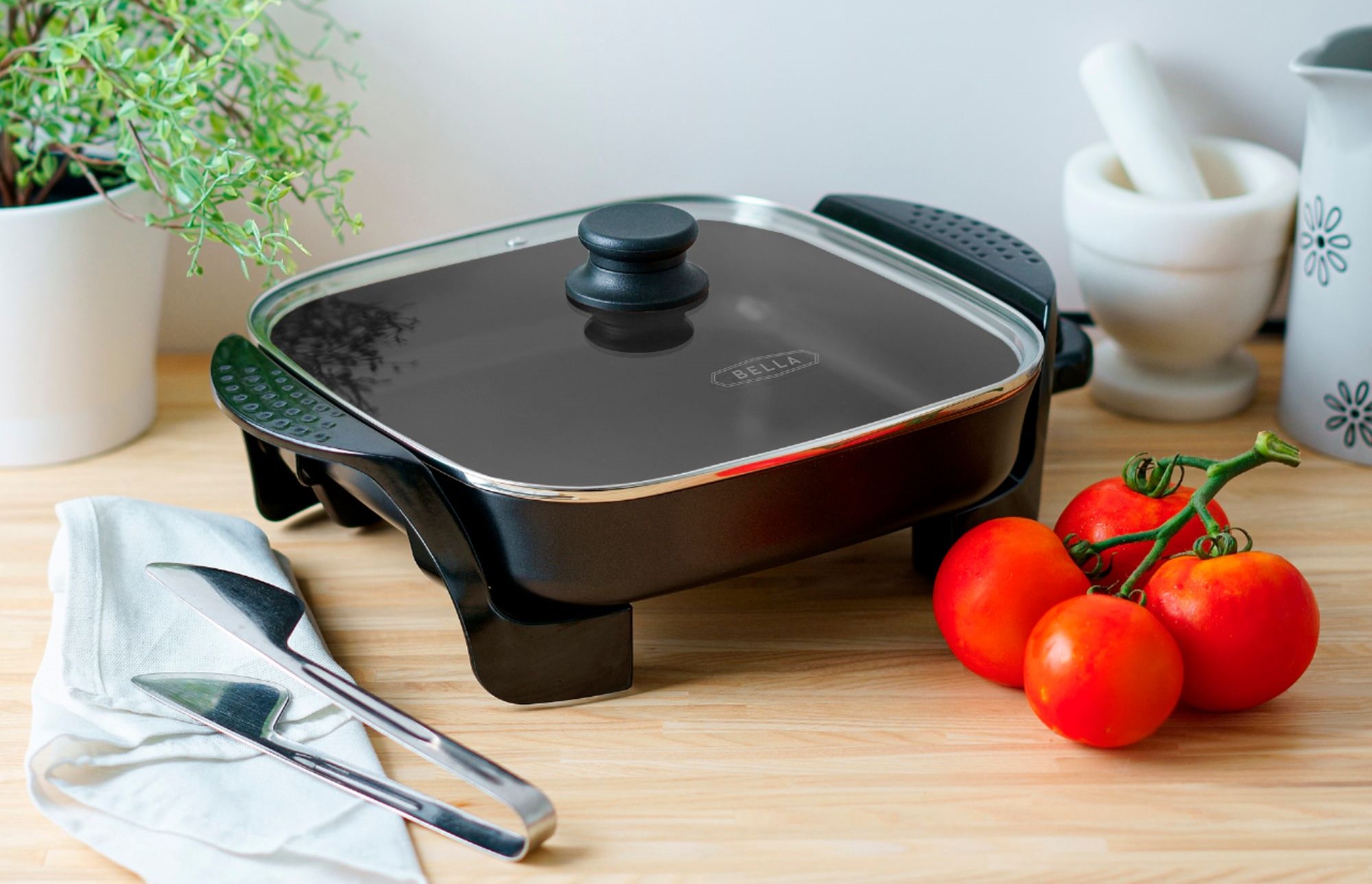
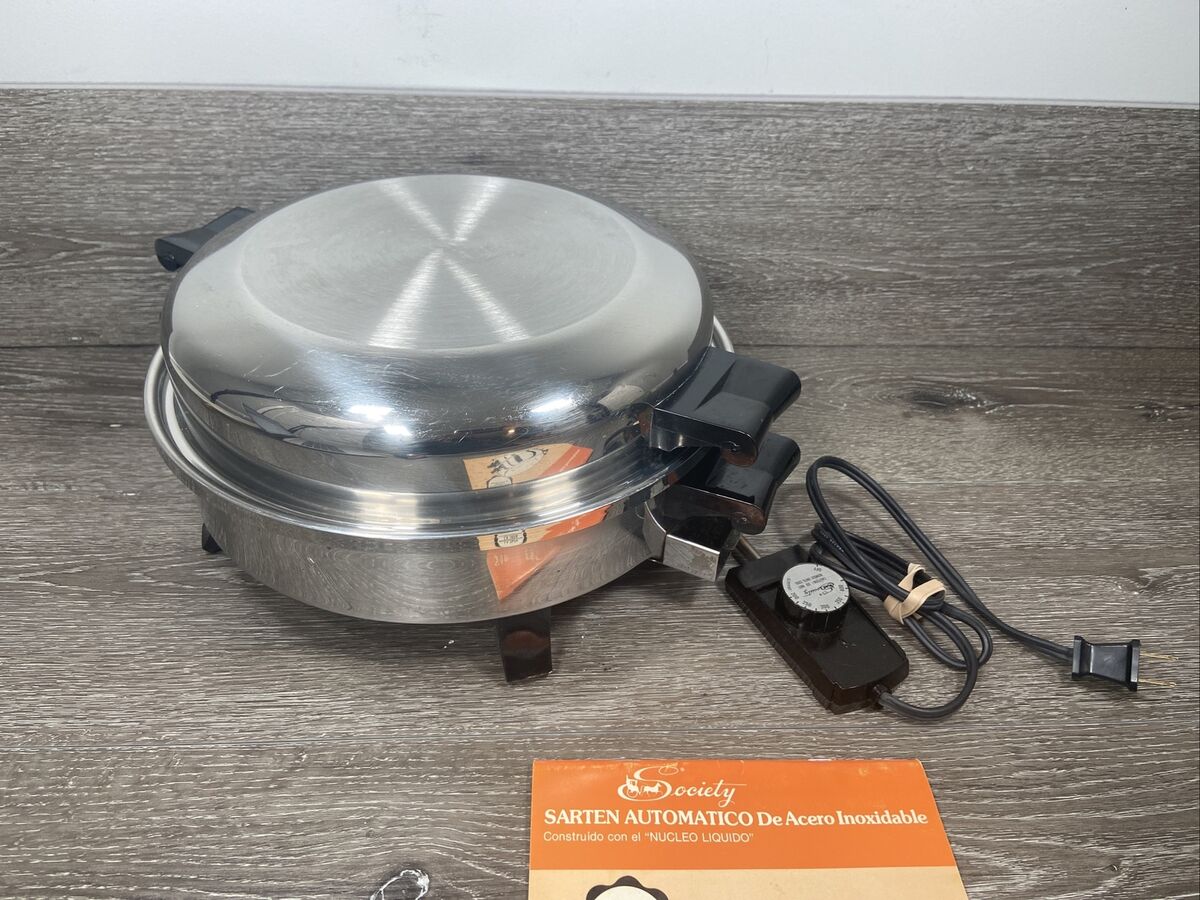
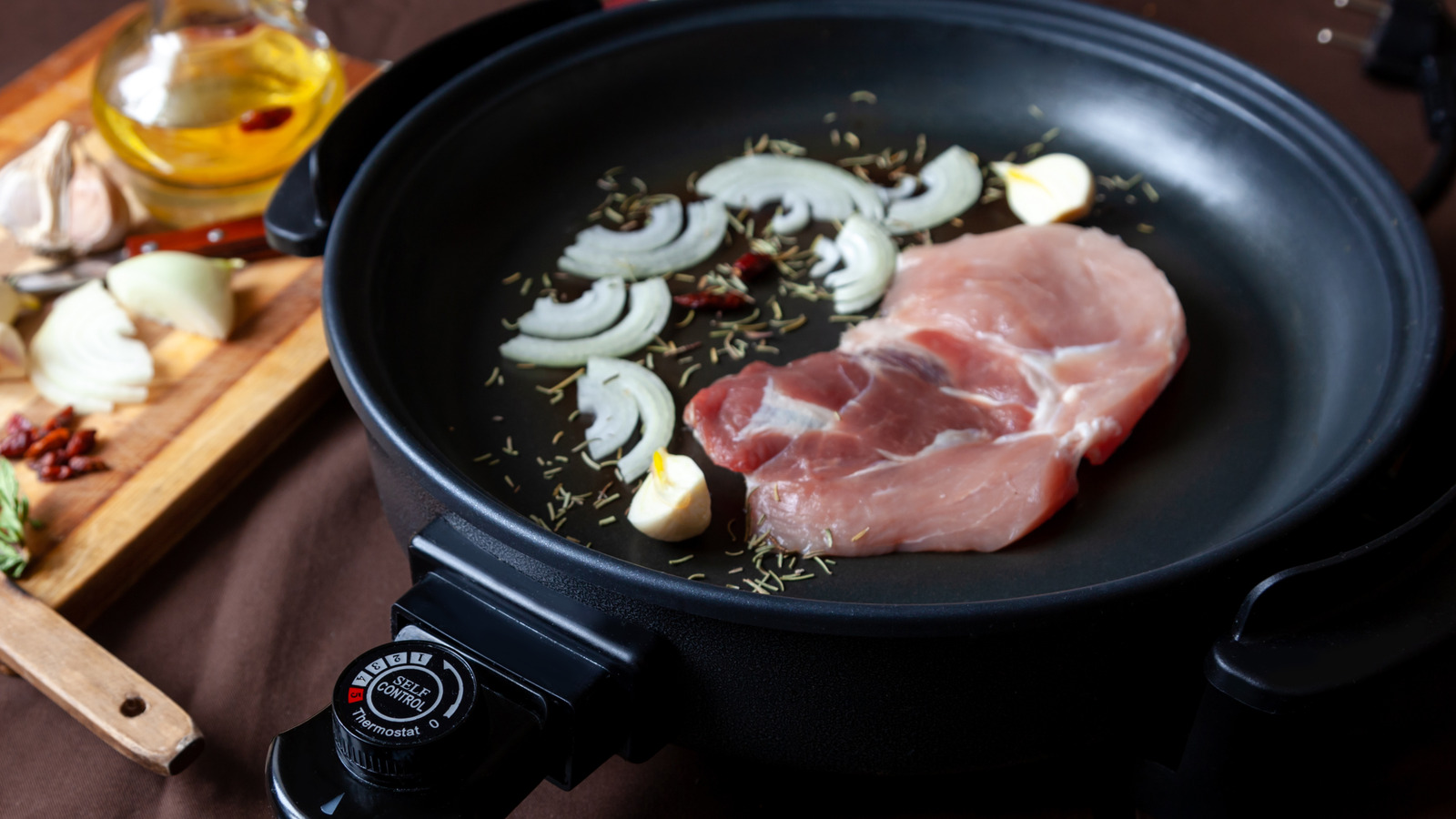
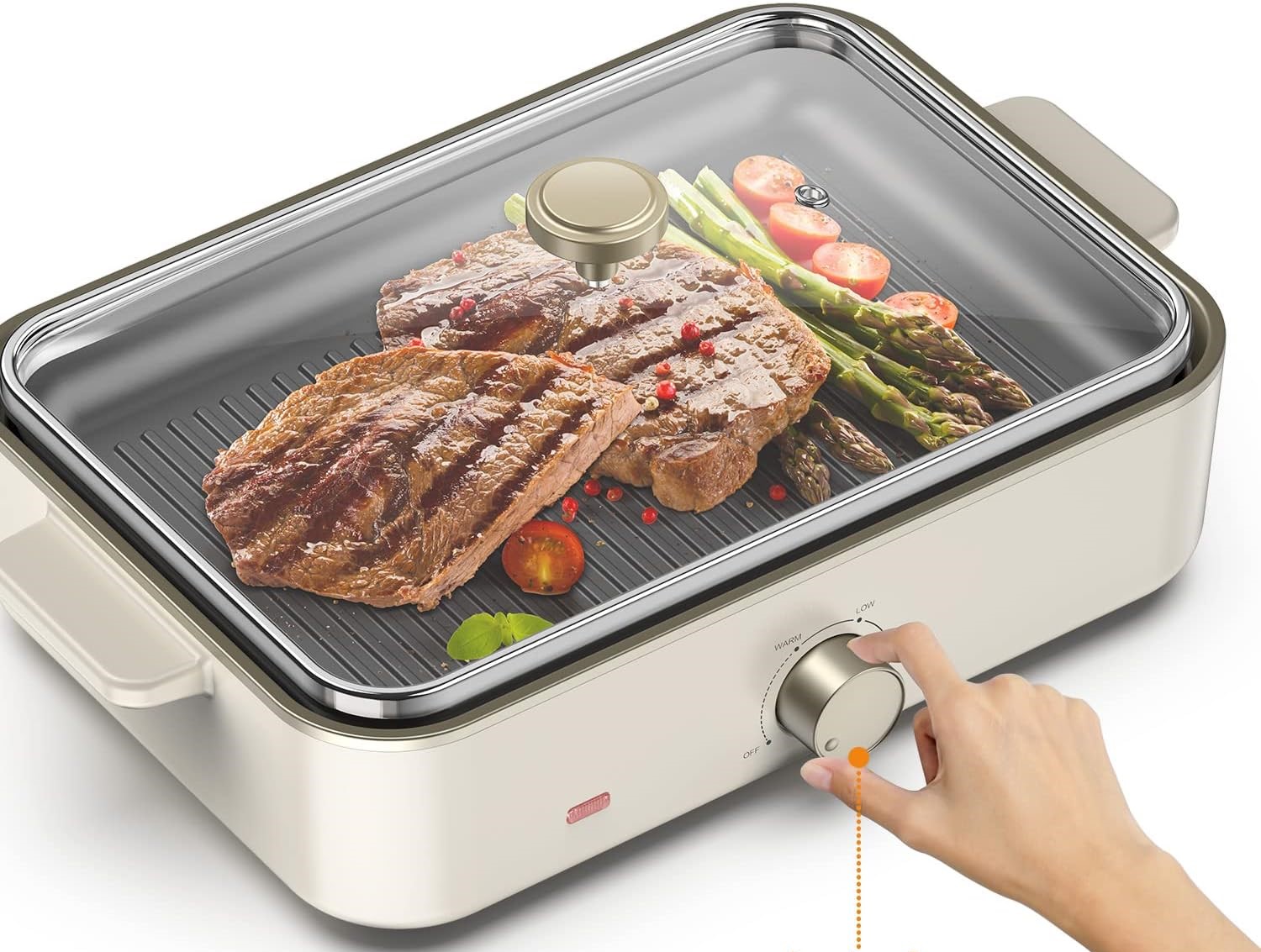
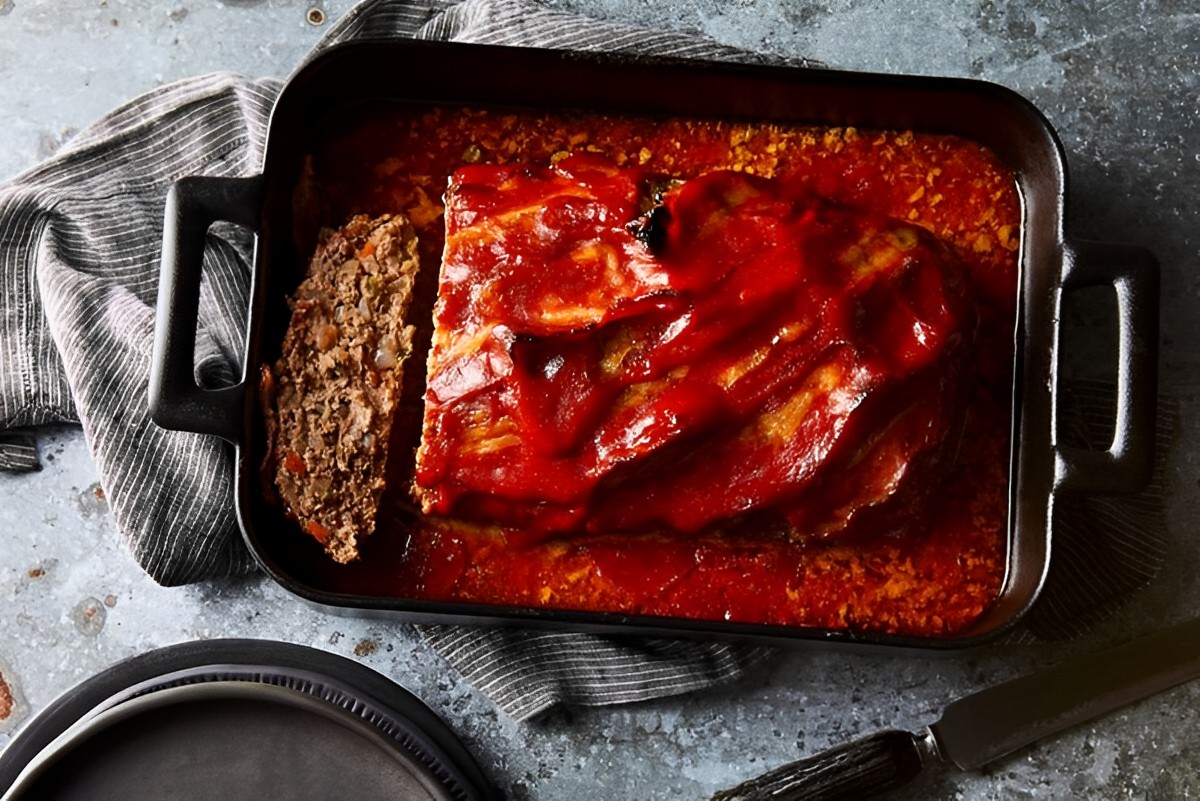

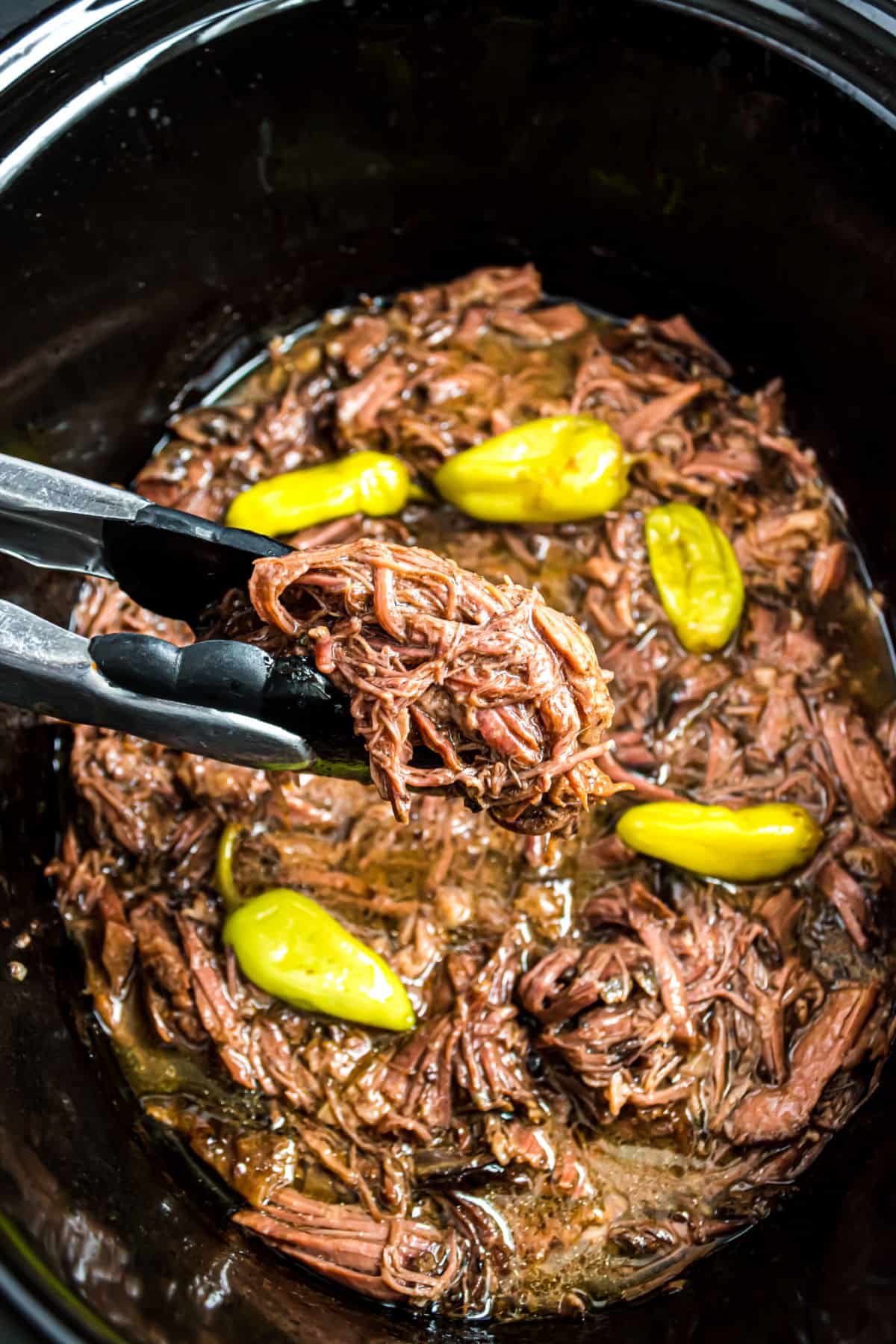


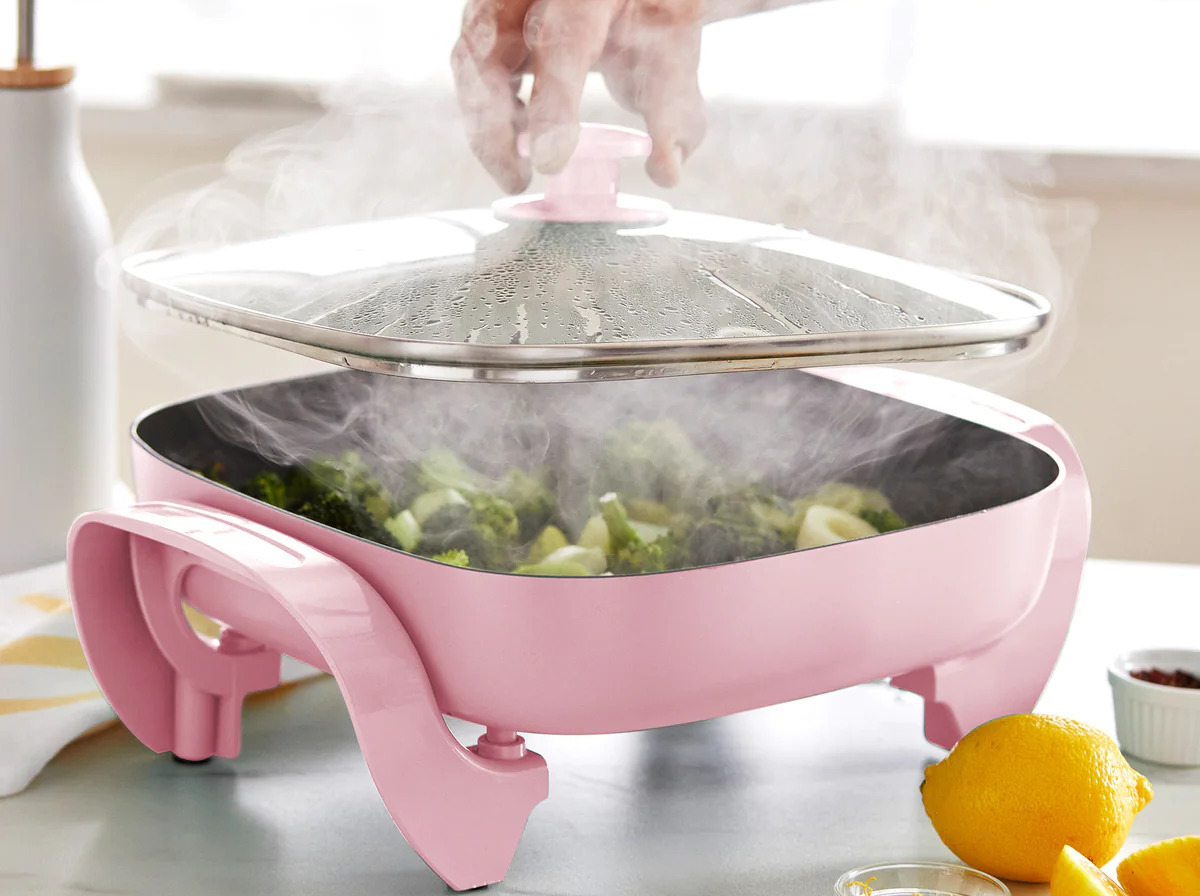
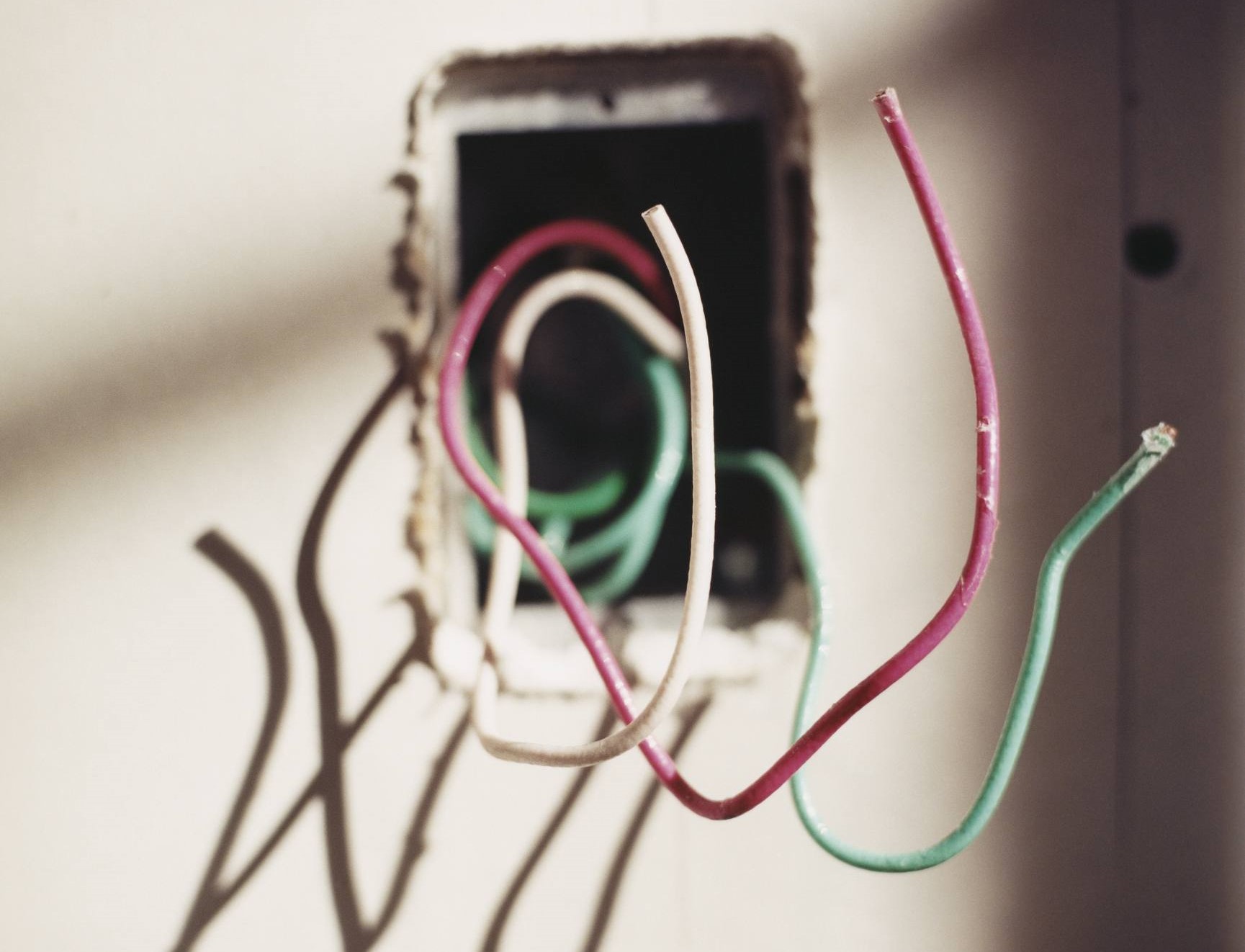

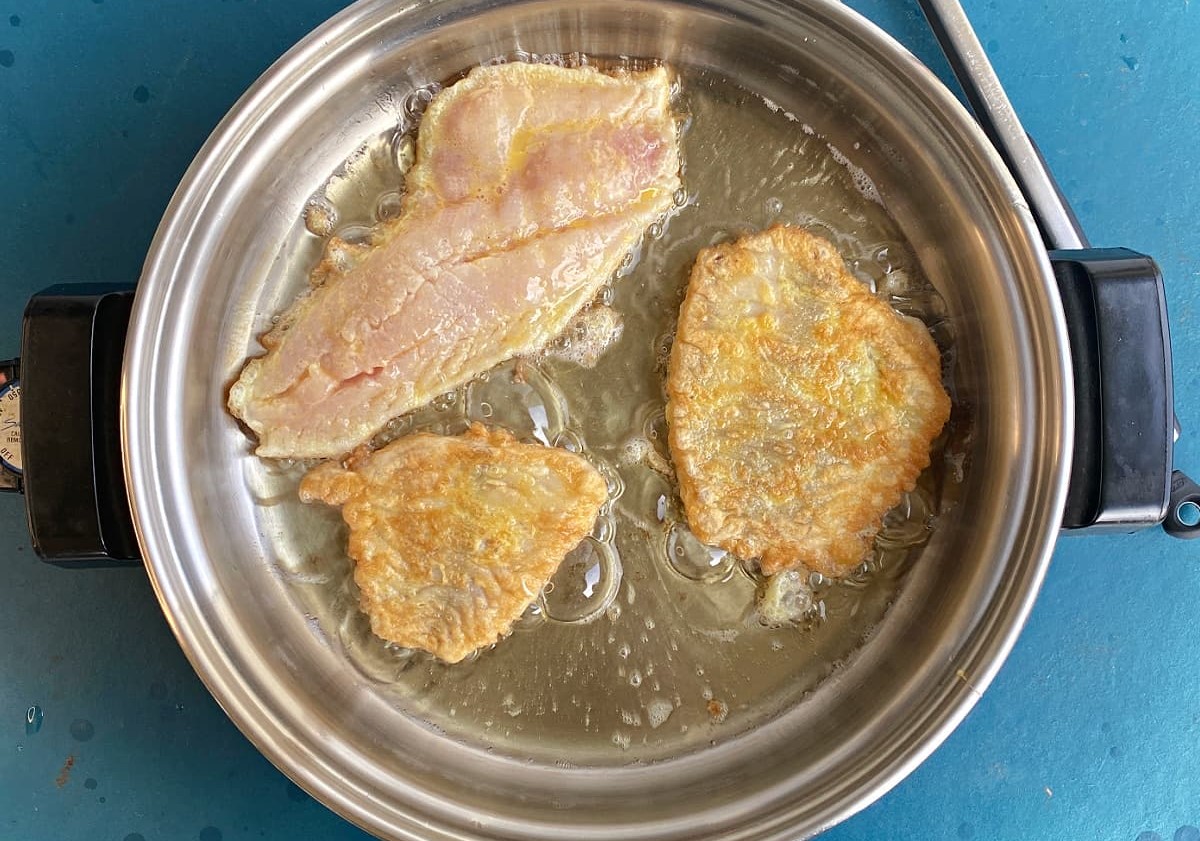
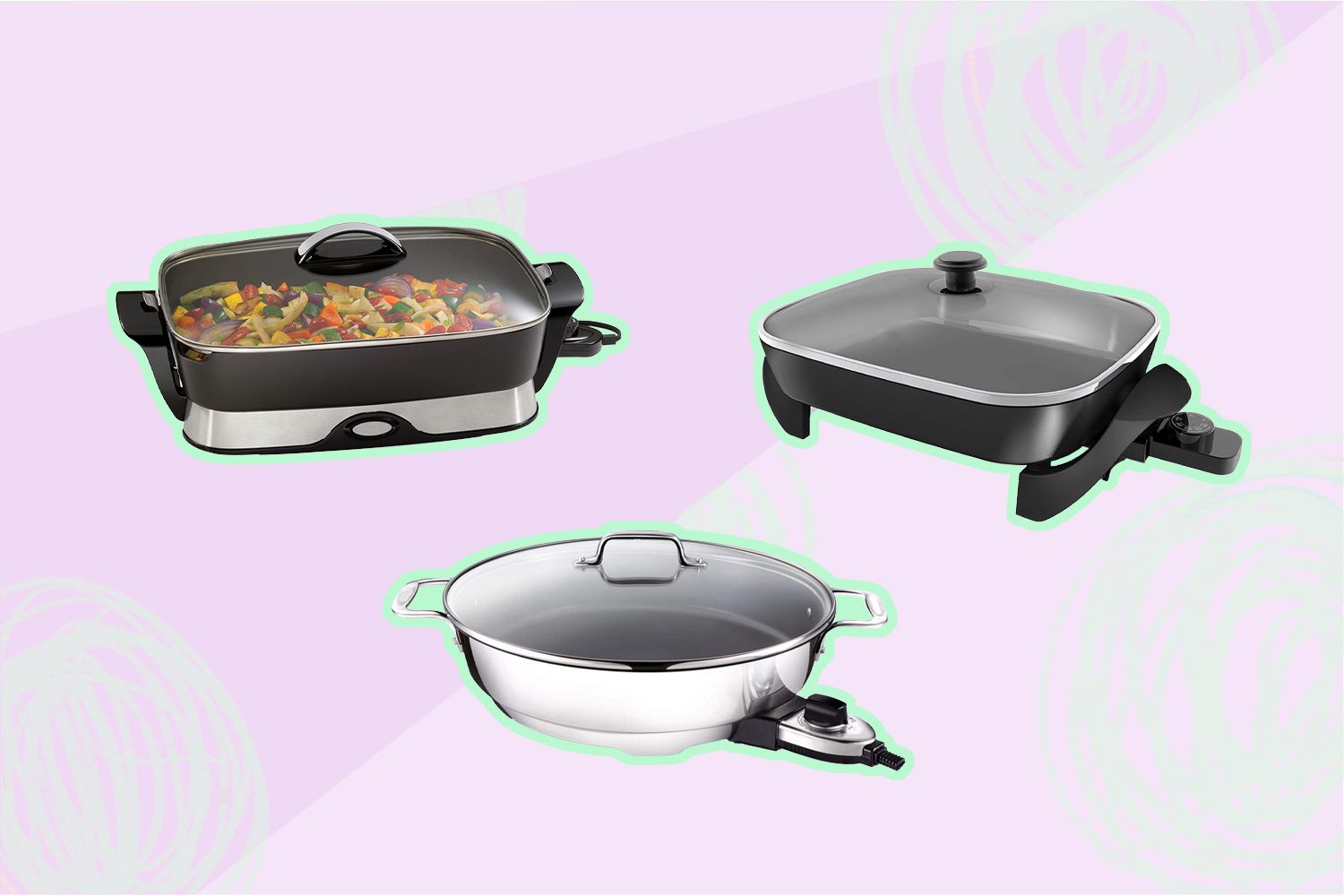

0 thoughts on “How High Can You Get The Oil in An Electric Skillet”